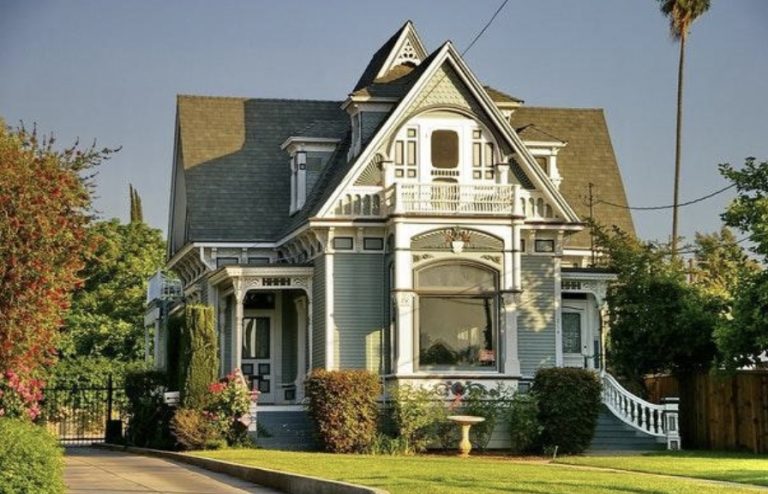Did spending a lot more time at home during the pandemic make you properly see just how old your home is and areas where it needs more attention? Or perhaps you’ve recently purchased or will soon have an older house that you’re wondering about when it comes to maintenance.
While renovation is one side of updating and refreshing a home that’s not new, maintenance is also vital to help keep the structure sound and safe. Here are some tips to help you look after your older property.
Story Stages
Develop a Schedule for Yourself
The first step is to devise a schedule for the work that needs to be done over a year. It’s easy for time to slip away and for months or even years to go by without realizing how many jobs have been forgotten, so having a plan in place can help you stay on track. You’re less likely to avoid spotting or fixing minor problems that, over time, can turn into big and expensive ones.
As such, develop a timeline for tasks with at least one or two things to complete every month. Some jobs only need to be done once a year, while others need to be sorted out twice annually or every quarter. Make a note in your diary when each item needs to be actioned, and tick things off as you go.
It also helps to take photographs of different areas of your home, especially small issues such as cracks that are just beginning to show, new rust, or the like that could worsen over time. Having pictures of the state of wear and tear that you update each quarter will help you better see if the deterioration is accelerating and give you the impetus to take action if so.
Get a Contractor to Service the HVAC System
One of the key zones you’ll likely need to pay attention to in an older home is the heating and cooling. Your place likely has less-than-brand-new HVAC that may not be working as well or effectively as possible. If the system hasn’t been serviced regularly, it will be sucking more power than is necessary and not doing its job optimally.
To rectify this, hire an electrician or a heating and cooling specialist such as Howard Air to come in and inspect all the units in your home, repair anything that’s broken, and service as needed (typically an annual task). If your HVAC is ancient and unrepairable or costs you more to run than you’d pay for a new unit, it may also be time to get quotes on a replacement system.
Have Roof and Gutters Cleaned, Checked, and Repaired or Replaced
Another essential job to add to your list is getting your property’s roof and gutters inspected by a contractor (e.g., a plumber, roofer, or knowledgeable handyperson) to see if these areas need cleaning, any repairs done or replacement in some cases. The roof and the gutter are vital parts of the home because they stop water, dirt, debris, plant material, pests, and the like from getting into the internal areas of your home and causing problems.
At least twice or more each year, check the gutters to see if they are clogged with leaves, dirt, and other items, and have them cleared as needed. You may need to do this more often if you have many overhanging trees that clog up the gutters. If there is a lot of rust or holes in gutters, you may need to replace parts or even all of them and then just keep up maintenance from there.
As for the roof, get a professional to look for broken or lifting tiles or shingles each year and cut back overgrown plants and vines that could get in the way. Contractors can clean the roof and put in new parts where needed or warn you about areas that need to be kept an eye on for the next 12 months.
Pay Attention to Pipes and Drains
Also, consider hiring a plumber to examine the pipes and drains in your home. Older homes tend to have more issues than newer ones in these areas because the systems are aged and probably haven’t been de-clogged or updated over time. If you keep having problems with leaks, frozen pipes, or clogged drains, get a plumber in ASAP.
There could be backed-up pipes, rust, broken or loose attachments, or warn fittings that need replacing. You might also need a plumber to fix a toilet cistern that keeps running, check for water leakage behind walls and under your bathroom floor, and find leaks externally, underground, that may have arisen over time.
An older home has lovely warmth and presence, but it can also come with plenty of issues that need attending to and lots of upkeep to keep you busy. Don’t let problems worsen over time, and be proactive about maintenance; you’ll save yourself headaches, stress, time, and money over the long term.
